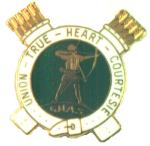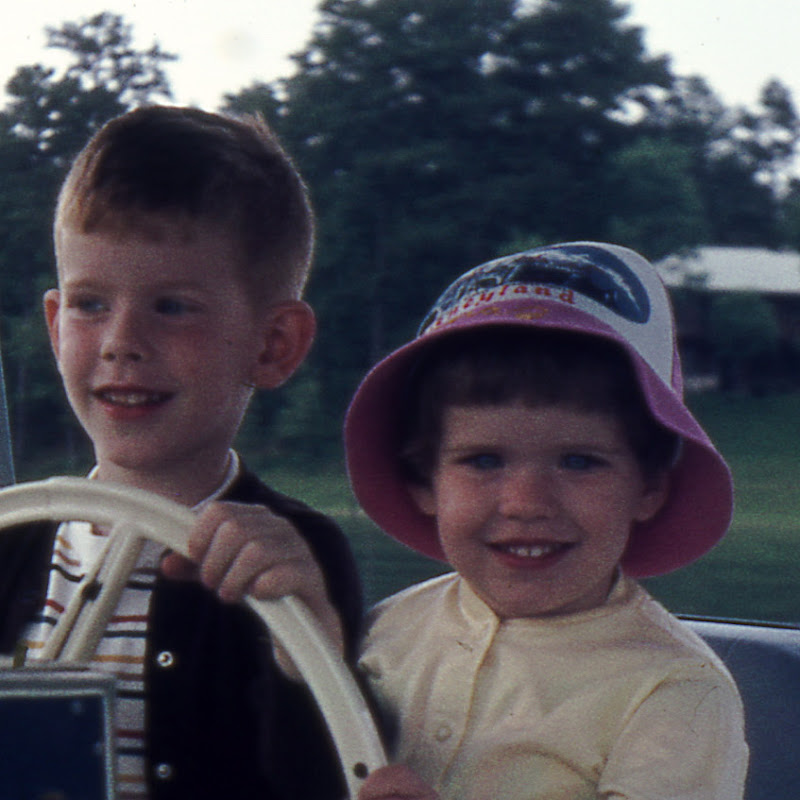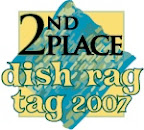I'm teaching the senior seminar in our curriculum in the spring. The course is supposed to provide a culminating experience for the four-year sequence, and it usually takes the ideas from the early courses and puts them in a global context.
It's the first time I've taught this particular course in a few years, and the last few times it was feeling a little tired. I wanted to rework it somehow, but due to the intensely experimental nature of the crafting course I created this fall, I had no energy to devote to thinking about the senior seminar until the end of the semester.
Other than a brief course description and a list of required texts, I had nothing on paper for the class until today. This was the week I knew I had to start putting something together. I would have begun yesterday, but I was in suspense due to our furnace being broken; I thought it might be fixed on Monday when a regular work week began after the Christmas weekend, and I wanted to get that taken care of before I started the big syllabus push. But the furnace didn't get fixed on Monday -- in fact, there's still no firm notion of when it will be fixed. It was time to get going even though everything was not in order at home.
So off I went this morning to spend the morning at the coffeeshop with a blank slate of a syllabus. The first task was crafting objectives for the class. They already existed in an amorphous form somewhere in the choice of texts for the class, which stemmed from a vague idea that I wanted to carry forward the intriguing philosophical notions of craftsmanship and quality from the handwork class. The objects also needed to reflect the student development goals of the curriculum, since the course is a capstone, so those goals -- scholarship, leadership, citizenship -- formed a framework on which my interests could hang.
Then the next step: identifying the assignments that would advance these objectives. For the handcrafting class, I had realized late in the semester that I had too many assignments. The students did wonderful work for the most part, but I made it impossible for them to do everything well by dividing their attention among several required activities each week. So I kept it simple for this course: Three major assignments, each linked clearly to one or more objectives from my short list.
And the assignments also had other purposes, not so hidden. First, they are intended to keep the students engaged and accountable for the daily work of the class. Second, they require reflection on the ideas generated by the course and on the service activities we choose and implement. And finally, they teach a new and useful skill. I always want to leave students with a skill they can take outside the class and use in other setting and in pursuit of their own life goals. That's what made me realize that I didn't just want to have students do presentations at the end -- I wanted them to do Pecha Kucha presentations, in the highly restrictive lightning format that forces the focus off of bullet points and onto creative juxtaposition to illustrate ideas.
When those structures made it onto the page, the course was well and truly underway. The rest is details: what chapter to read when, what to do on what day, the text of journal prompts, surveys to kickstart the service project brainstorming process, group assignments. There are a couple of weeks before the semester starts, and much to do. But I feel like the hardest part of the syllabus has gotten off the ground -- the part, not coincidentally, that's the most exciting for me. From a task to be accomplished, the course framework has now been transformed into an event to be experienced.
Then the objectives
Subscribe to:
Post Comments (Atom)





No comments:
Post a Comment